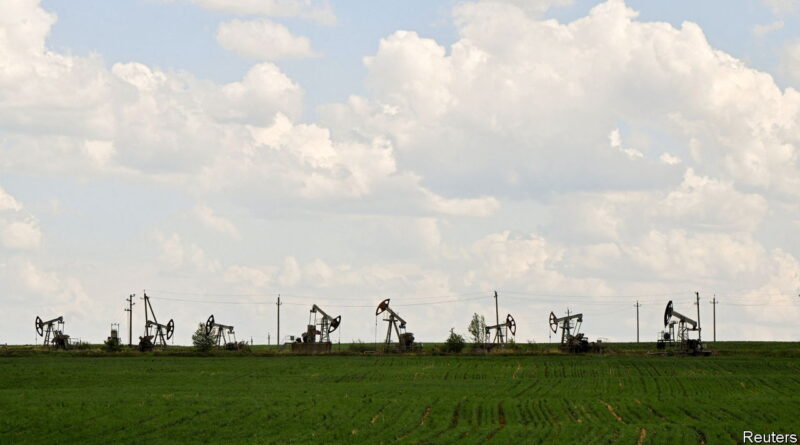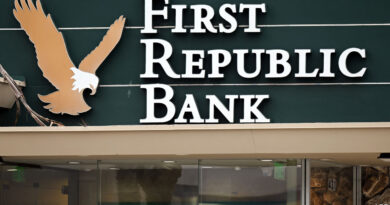Commodity Markets Adapt as Energy Prices Remain Stable Amid Supply and Demand Factors
In contrast to the past, where any sign of trouble would send energy prices soaring, the landscape has shifted. Despite production cuts by OPEC and its allies, and various supply disruptions, oil prices have remained stable, with Brent crude hovering around $75 a barrel. Gas prices in Europe have dropped significantly as well. The key question is: what is keeping prices down?
One factor is the disappointing global demand, which has been affected by lowered economic growth expectations and inflationary pressures. However, a closer look reveals that demand is not entirely weak. China, despite its slower recovery, reached record crude consumption in April, driven by increased usage of diesel, petrol, and jet fuel. In the US, lower petrol prices and anticipated summer driving demand paint a positive picture. Additionally, high temperatures in Asia and Europe are expected to drive gas-fired power generation for cooling purposes.
The more convincing explanation lies in the supply side. High prices over the past two years have incentivized non-OPEC production, which is now coming online. Oil production has increased in the Atlantic basin, including conventional wells in Brazil and Guyana, as well as shale and tar-sands extraction in America, Argentina, and Canada. Norway has also ramped up its output. JPMorgan Chase estimates that non-OPEC output will rise by 2.2 million barrels per day in 2023.
While OPEC and Russia have announced production cuts, actual reductions have fallen short of promises, and other OPEC countries are increasing exports. Despite Western embargoes, countries like Venezuela and Iran are boosting their oil exports, selling at discounted prices. The gas supply situation is more complex, with the main Russian pipeline to Europe still closed. However, the Freeport LNG facility in the US has resumed operations, and Norwegian flows will fully resume in mid-July. Furthermore, Europe has ample gas storage, with facilities nearing 90% capacity.
Speculative positioning in oil markets has declined as inflation expectations decrease and interest rates rise, making safer assets more attractive. Physical traders are also reducing their crude stocks due to higher opportunity costs. Floating storage volumes have dropped significantly since January. However, prices may see an upswing later in the year, with projected record global oil demand and supply potentially falling into deficit in the second half of 2023. Competition for LNG cargoes between Asia and Europe is expected to intensify as winter approaches.
Despite these potential shifts, analysts do not anticipate a repeat of last year’s price surge. Brent crude is expected to stay around $80 a barrel without reaching triple digits, while gas futures suggest a moderate 30% increase from current levels. Commodity markets have adapted to require more substantial negative news to trigger significant price spikes.




